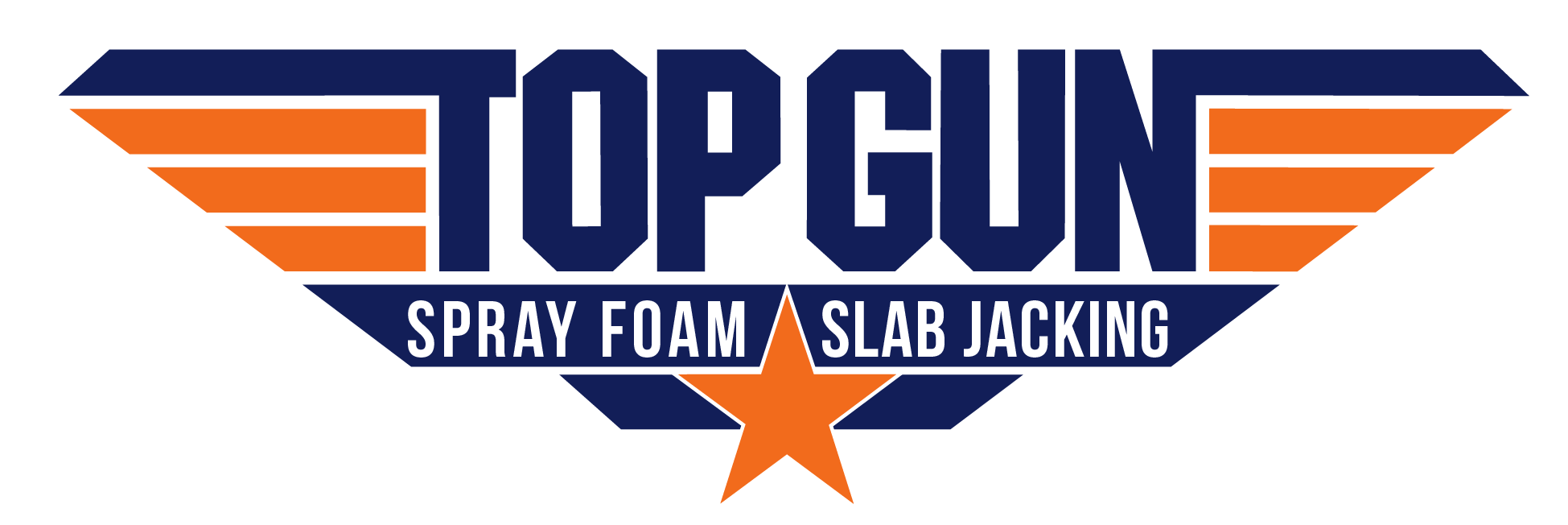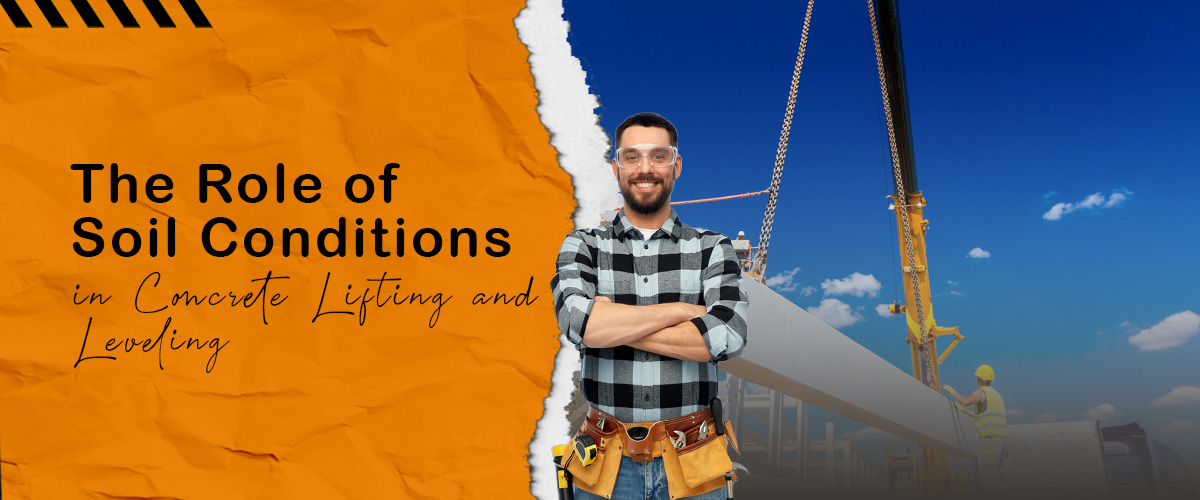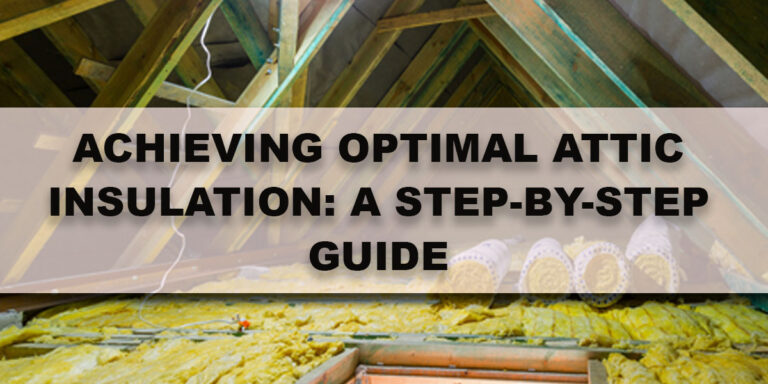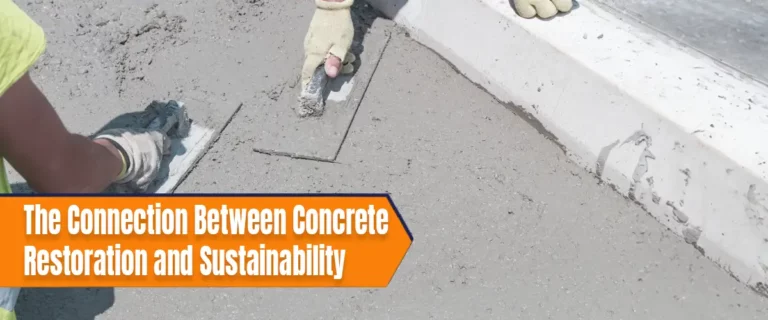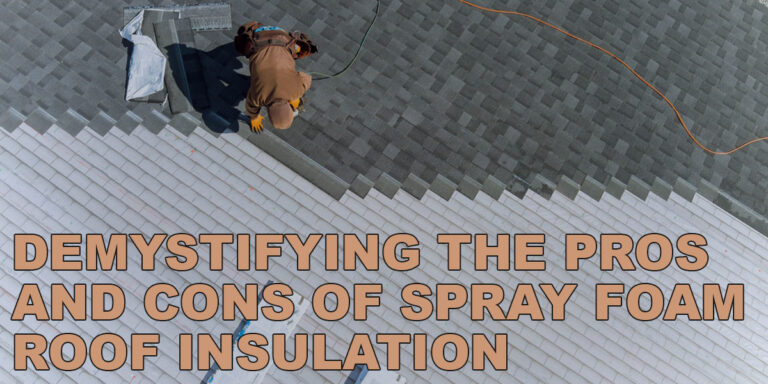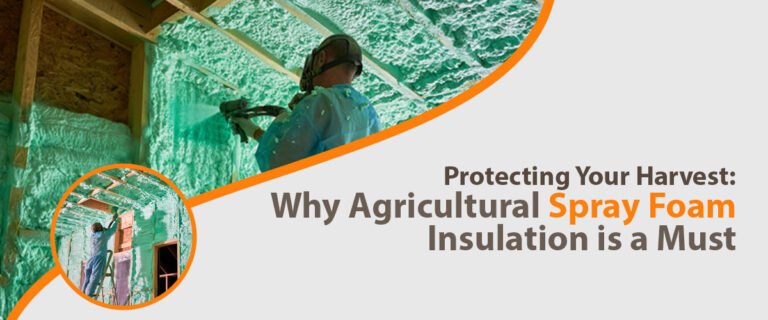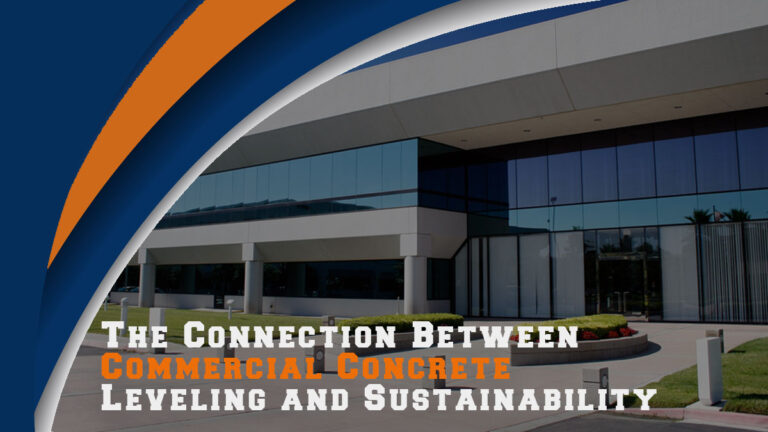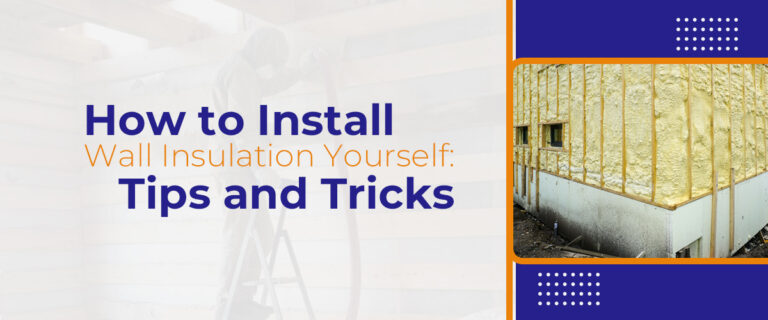The Role of Soil Conditions in Concrete Lifting and Leveling
Do you ever ponder the marvelous dance underneath our concrete surfaces? Because, believe it or not, the soil conditions beneath our feet hold the key to the art of concrete lifting and leveling. Get ready for a soil-shaking revelation! Concrete surfaces are essential to residential and commercial properties, providing stability and functionality. However, settlement of cement structures may occur over time, resulting in sunken or uneven surfaces.
Furthermore, one solution to this problem is concrete lifting and leveling. This blog post will also explore the essential role of soil conditions in lifting and leveling cement structures and discuss the importance of addressing underlying soil problems to achieve lasting outcomes.
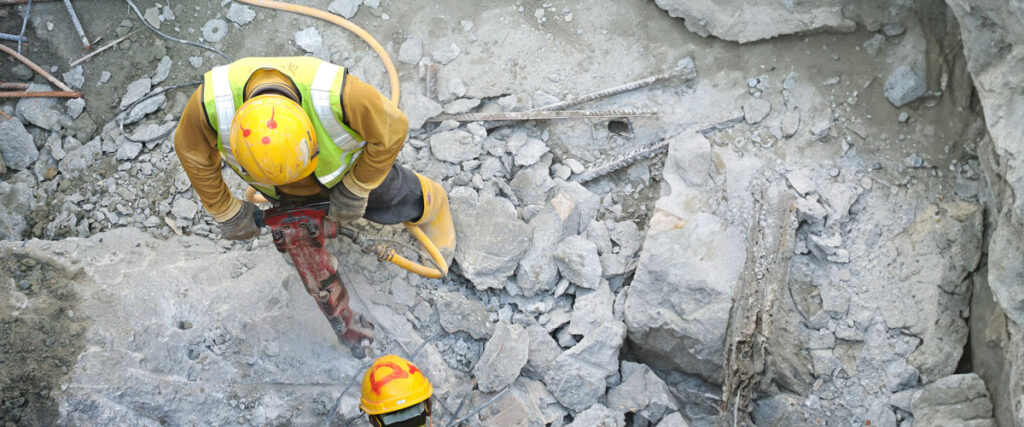
Understanding Concrete Settlement
Concrete settlement occurs when the ground under the concrete compresses or shifts, resulting in sunken or uneven surfaces. It happens due to factors such as the weight of the concrete and poor soil compaction during construction.
The following are factors contributing to concrete settlement, specifically related to soil conditions, include:
- Poor soil compaction
- Clay-based soils
- Sandy soils
- Presence of organic matter
- Moisture changes
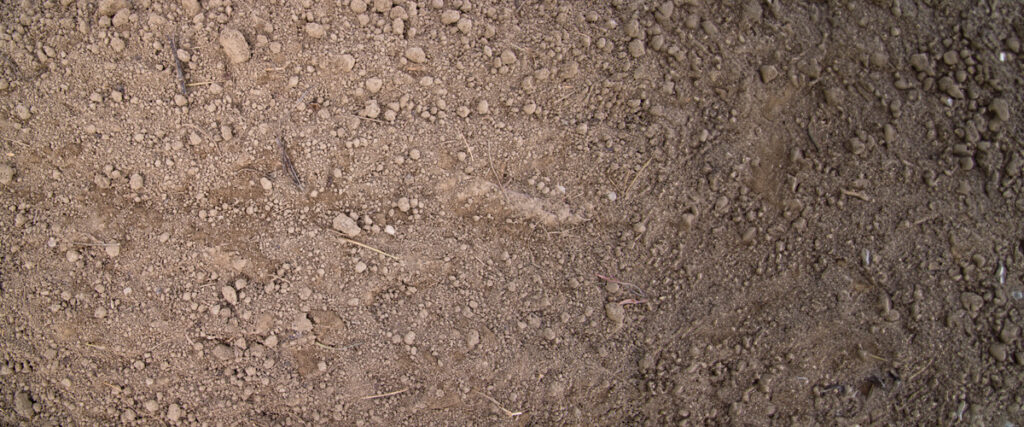
Soil Conditions and Their Impact on Concrete
Soil types vary and have different characteristics that affect the stability and integrity of concrete structures. These are the keys to understanding the impact of soil conditions on concrete:
- Clay soils have high water retention, leading to swelling and shrinking as moisture levels change.
- Sandy soils have low cohesion and can quickly shift and erode.
- Loam soils, a balanced mixture of clay, sand, and silt, provide better stability than pure clay and sand soils.
The following are common soil-related issues leading to concrete settlement include:
- Soil erosion removes soil support, causing voids and settling of concrete.
- Inadequate soil compaction during construction creates empty spaces beneath concrete, leading to settlement.
- Changes in moisture content due to excessive water or drought can cause soil expansion or contraction, affecting concrete stability.
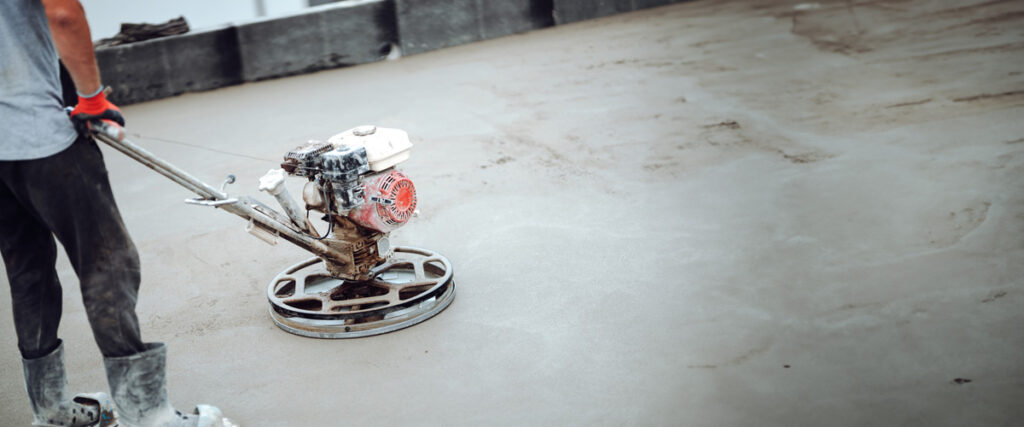
The Process of Concrete Lifting and Leveling
Concrete lifting and leveling is a process that involves raising and realigning concrete slabs that have settled or become uneven. The method includes the following steps:
- Assess and determine the problem’s extent and cause.
- Clean and prepare the site for equipment access.
- Inject specialized material to raise and level concrete.
- Monitor the leveling process for desired height and alignment.
- Finish the repaired area for a smooth, even surface.
Techniques used in the process include the following:
- Slabjacking (mudjacking) – Involves pumping a mixture of soil, water, and cement beneath the concrete slab to lift and level it.
- Polyurethane foam injection – Utilizes expanding polyurethane foam injected beneath the concrete, providing a precise and controlled lift with a lighter material.
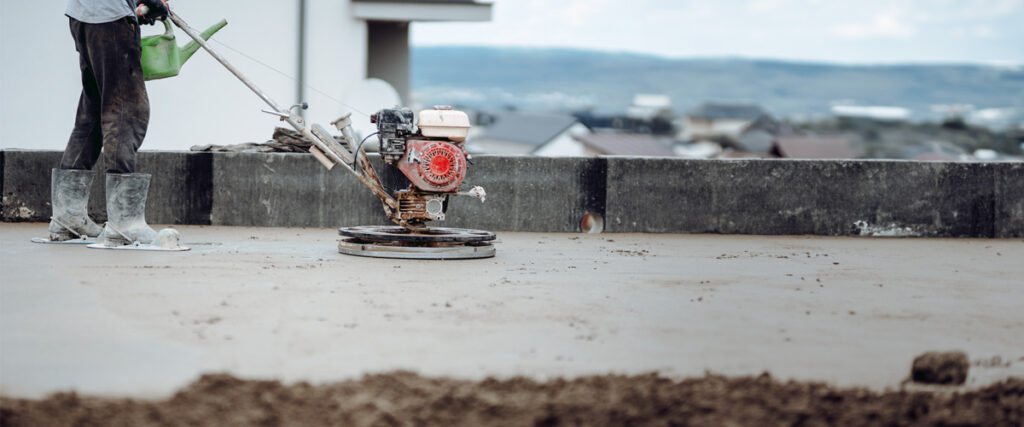
Assessing Soil Conditions Before Lifting and Leveling
Conducting a thorough soil assessment before concrete lifting and leveling is vital. Professionals can understand the properties and behavior of the soil, ensuring they apply appropriate techniques for a successful and long-lasting repair.
Methods professionals use to assess soil conditions include:
- Soil testing – Analyzing the soil’s composition, density, and moisture content.
- Site evaluation – Considering drainage, compaction, and soil load-bearing capacity factors.

Addressing Soil Issues for Long-term Solutions
Address and rectify soil issues that cause concrete settlement. The following are the critical steps to ensure long-term, sustainable solutions for addressing soil-related challenges:
- Identify problematic areas
- Excavate and remove unsuitable soil
- Implement soil stabilization techniques
Additionally, proper soil preparation and stabilization can enhance the effectiveness and longevity of concrete lifting and leveling by:
- Increasing load-bearing capacity
- Improving moisture management
- Ensuring long-term stability.
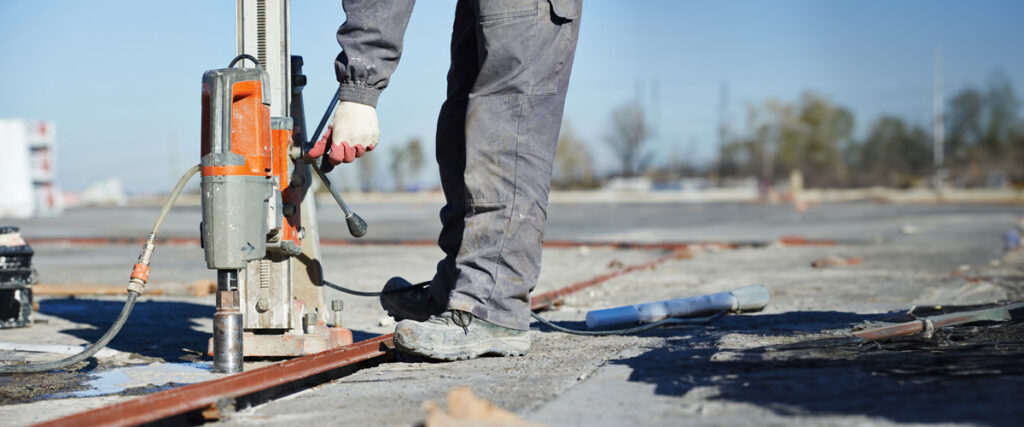
Advantages of Concrete Lifting and Leveling over Replacement
Concrete lifting and leveling provide several advantages over the more traditional option of concrete replacement. These are the key advantages that make lifting and leveling the preferred choice for addressing cement-related problems:
· Cost-effectiveness
Concrete lifting and leveling are typically more affordable than a complete replacement.
· Time savings
The lifting and leveling is quicker than the time-consuming demolition and concrete replacement.
· Minimal disruption
Lifting and leveling also minimize disruption as it avoids the need for extensive excavation or demolition.
Meanwhile, addressing underlying soil issues during the lifting and leveling is crucial as it prevents future settlement, ensuring a more stable and durable concrete surface.
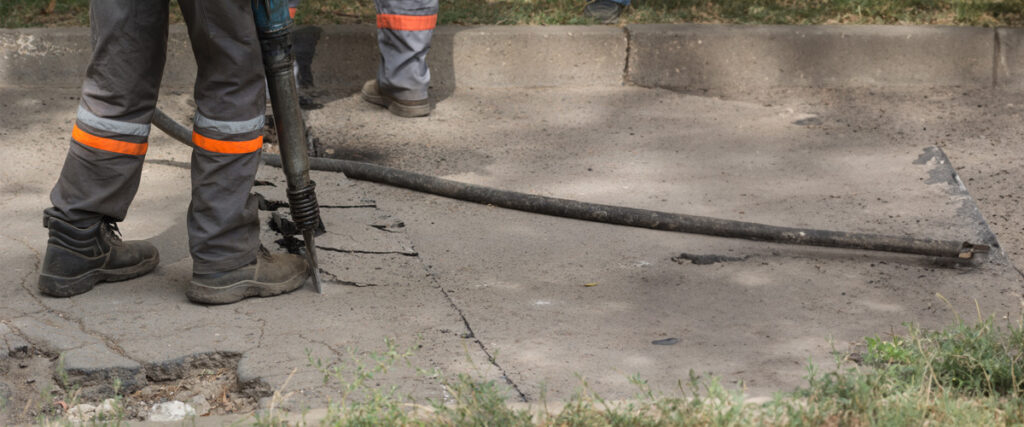
Maintenance Tips Post Concrete Lifting and Leveling
Maintenance tips are crucial for preserving the longevity of concrete surfaces after lifting and leveling. Consider the following maintenance tips:
- Apply sealants regularly to protect against moisture penetration
- Keep the surface clean by removing debris and avoiding chemical damage
- Address any cracks or damage promptly to prevent further issues.
Additionally, to maintain the longevity of concrete surfaces post-lifting and leveling, consider this advice:
- Monitor soil conditions, ensuring stability and addressing any changes.
- Manage water drainage to prevent pooling or erosion that could impact the concrete.
- Perform routine inspections to identify and address maintenance needs promptly.
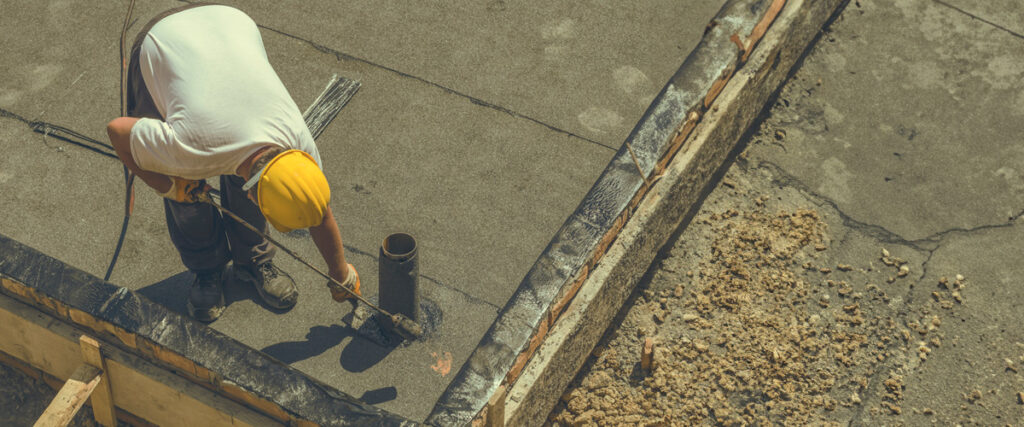
Choosing the Right Professionals for Concrete Lifting and Leveling
When selecting a contractor for concrete lifting and leveling, choosing a competent and experienced professional is crucial. Contact our concrete lifting and leveling experts for assistance. Follow this guide to make the right choice:
- Conduct thorough research and check qualifications.
- Seek recommendations from trusted sources.
- Request references to assess reputation and quality of work.
Qualifications to look for in a contractor include the following:
- Expertise in soil management for stable and lasting results.
- Proficiency in techniques for efficient concrete leveling.
- Solid track record of successful projects to show reliability.
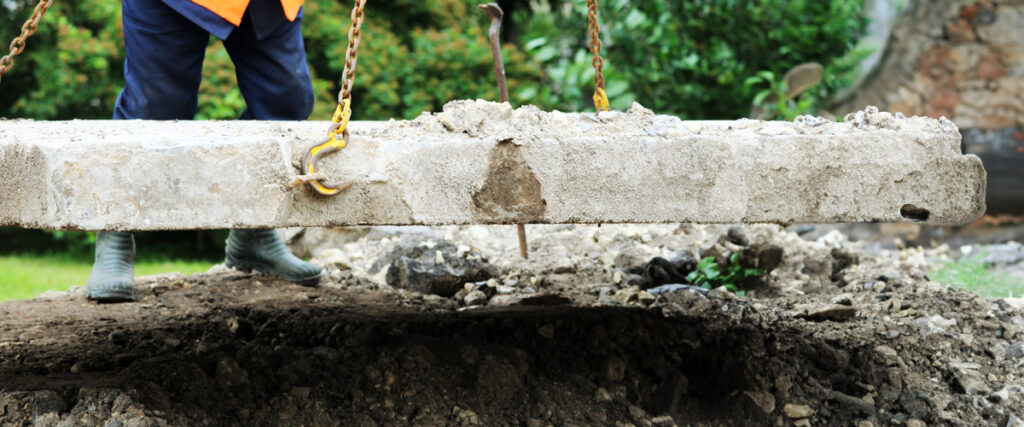
The Environmental Aspect of Concrete Lifting and Leveling
The environment is paramount today, and keeping up with eco-friendly activities is vital. Concrete lifting and leveling provide environmental advantages such as:
- Reduced waste through lifting and leveling old concrete, avoiding disposal
- Eco-friendly methods incorporate materials like polyurethane foam for minimal environmental impact and successful outcomes.
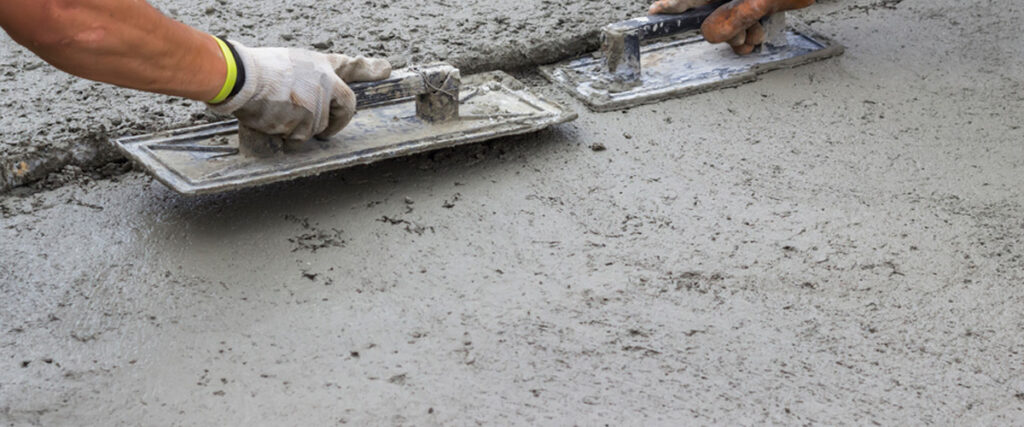
Soil: Concrete’s Silent Support!
To conclude, soil conditions are vital in concrete lifting and leveling. Factors such as stability, composition, and moisture content significantly impact the success and durability of this method.
Furthermore, homeowners and property managers must acknowledge the advantages of lifting and leveling using cementitious materials as a sustainable and efficient solution for addressing settlement issues with cement structures. By choosing this method, you can ensure long-term stability while reducing waste and promoting environmental responsibility.
References:
- Sánchez-Garrido, A. J., & Piqueras, V. Y. (2022). Evaluating the sustainability of soil improvement techniques in foundation substructures. Journal of Cleaner Production, 351, 131463. Retrieved from https://www.sciencedirect.com/science/article/pii/S095965262201085X
- Nasvik, J. (2008, February 28). Site Preparation: Making a proper bed for concrete. Retrieved from https://www.concreteconstruction.net/how-to/site-prep/site-preparation-making-a-proper-bed-for-concrete_o
